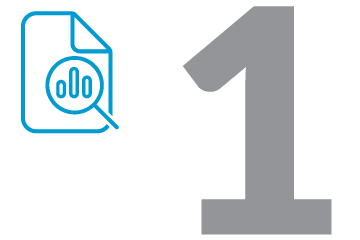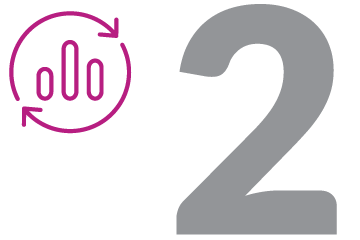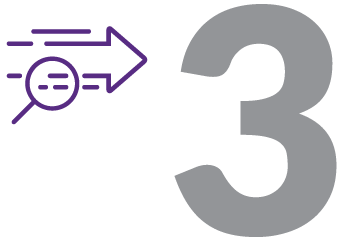
The Heart & Stroke Lottery is one of the most significant charity events of its kind in Ontario. Since its launch 20 years ago, the organization has raised more than $242 million for research in cardiovascular health.
“Without Environics Analytics, we would not have been able to achieve this success.”
Facing declining revenues and a changing marketplace, The Heart and Stroke Foundation wanted to refine the way it connects with current and past ticket buyers. In particular, it aimed to identify long-lapsed buyers who could be convinced to participate in the lottery again. It also wanted to acquire new ticket buyers through unaddressed mail, which had been under-performing. Finally, it sought more timely access to ticket sales results and buyer insights so that it could adapt its tactics throughout the lottery campaign.

A win-back model was developed to identify long-lapsed lottery buyers who were most likely to buy a ticket again, focusing on past-buyers that previous campaigns failed to reach. The Foundation used a test-and-control methodology to evaluate the performance. In this instance, the model ranked the lapsed buyers and the campaign then targeted the best prospects. The number of tickets sold to those prospects was compared to sales from a random sample selected from the same lapsed audience.

To optimize the Foundation’s direct marketing campaign, Environics Analytics built a new acquisition model to rank geographies with the highest potential for new buyers. Using this model and an analysis of existing ticket penetration rates, we prioritized the targeting of unaddressed mail, which the Foundation previously abandoned because of poor performance.

Given the fast-moving nature of the lottery, the Foundation needed to able to track the progress and impact of the campaign in real-time. To meet this requirement, we developed a suite of reporting dashboards and tools in Tableau. These dashboards and tools allowed the charity to track ticket sales, visualize progress by target segment and ticket type, and run “what if” queries, which gave Heart & Stroke the insights it needed to adapt its campaign tactics on the fly.
The new win-back model helped to double purchase rates among those who had not bought a lottery ticket in more than five years. The acquisition model yielded a five-fold increase in rates and helped to restore this channel to profitability. Overall, the lottery sold out six weeks early. By closing ticket sales early, the organization was able to reduce how much it spends on marketing, which improved the overall efficiency of the lottery. Consequently, the Foundation realized a 54 percent increase in year-over-year profit.